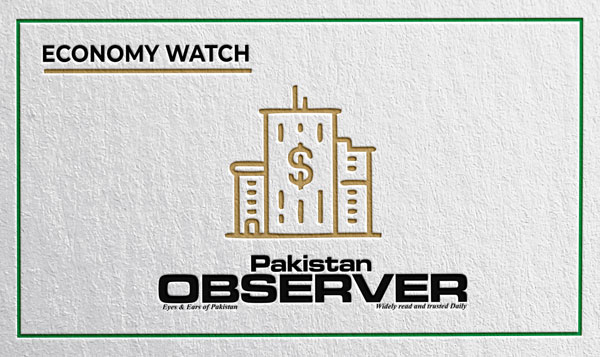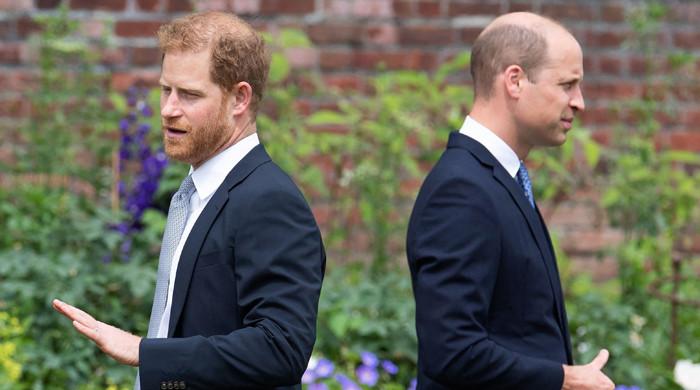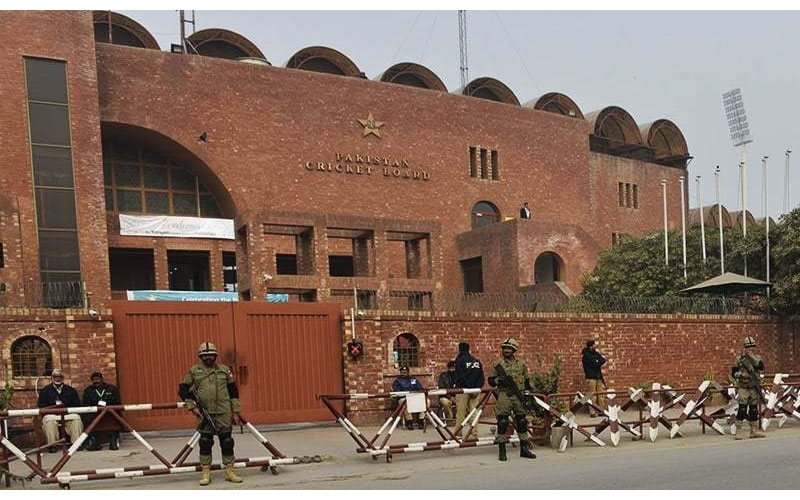Pakistan
Legal issues hinder projects’ transfer | The Express Tribune

Pakistan
Toyota Yaris 1.3 CVT three years easy installment deal by Meezan Bank [Sept 2024] – Pakistan Observer
Pakistan
US Fed slashes rates by 50 basis points in first easing since 2020
Pakistan
Currency exchange rates in Pakistan today – September 18, 2024 – Pakistan Observer
Pakistan
Solar Panel 5-Years Installment Plan in Pakistan Sep 2024 – Pakistan Observer
-

 Technology6 مہینے ago
Technology6 مہینے agoSamsung’s new midrange Galaxy A55 has improved security, features | The Express Tribune
-

 Pakistan7 مہینے ago
Pakistan7 مہینے agoNew Zealand in efforts to fast track consenting of major projects – Pakistan Observer
-

 Sports6 مہینے ago
Sports6 مہینے agoPCB opens applications for specialized red and white-ball coaches
-

 Entertainment6 مہینے ago
Entertainment6 مہینے agoPrince William foils Prince Harry’s reunion plans ahead of UK return
-

 Pakistan6 مہینے ago
Pakistan6 مہینے agoNADRA NICOP fee March 2024 – Pakistan Observer
-

 Sports5 مہینے ago
Sports5 مہینے agoConversation continues between PCB, New Zealand for white ball series
-

 Pakistan6 مہینے ago
Pakistan6 مہینے agoExperts call for regulation of ChatGPT in education | The Express Tribune
-

 Entertainment6 مہینے ago
Entertainment6 مہینے agoChris Evans, Alba Baptista make stunning red carpet debut at VF Oscar party









